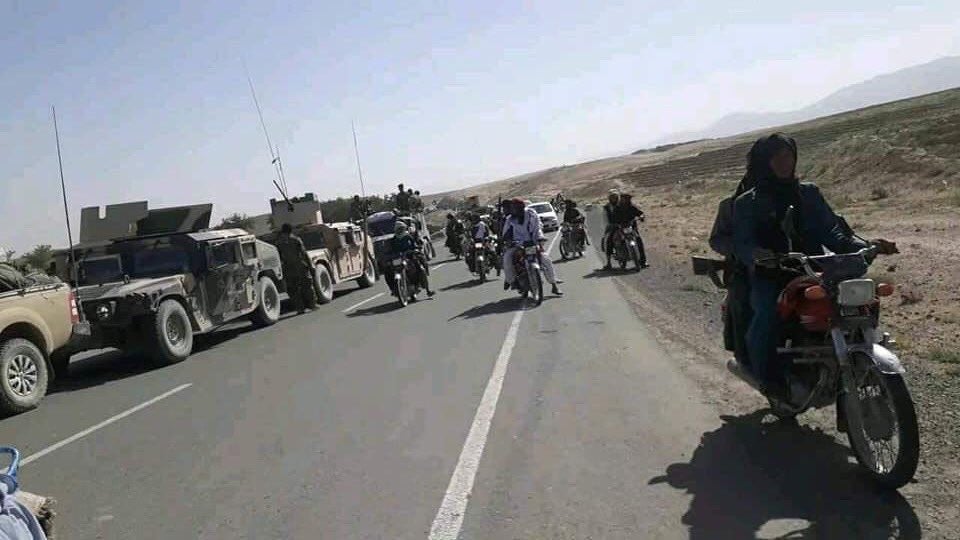SECDEF Austin: “Possibly Two Years” For International Terrorist Groups To Regenerate In Afghanistan Following US Withdrawal
Pentagon leaders said on Thursday that international terrorist groups present in Afghanistan were capable of regenerating an ability to threaten the US homeland within two years of the withdrawal of US-led forces from the country, the most specific figure given of the risks of a resurgence in international terrorist activity in post-withdrawal Afghanistan to date.
At a Senate Appropriations Committee hearing, Defense Secretary Lloyd Austin and Joint Chiefs of Staff chairman Gen. Mark Milley were asked by Sen. Lindsey Graham, (R-S.C.) on whether they rated the likelihood of a regeneration of al-Qaeda or Islamic State in Afghanistan as small, medium or large.
In response to the senator’s inquiry, Austin said that there was a “medium” risk of their resurgence, adding that “it would take possibly two years for them to develop that capability (to threaten the continental US)”. Gen. Milley concurred with the assessment and timeframe given by Austin, adding that he thought that “if certain other things happen — if there was a collapse of the government or the dissolution of the Afghan security forces — that risk would obviously increase”.
The statements come as news from Afghanistan of heavy fighting between Afghan government forces and the Taliban throughout the country, with multiple reports of Afghan security forces surrendering. Also on Thursday, Afghan National Army forces in the Shinkay district surrendered to Taliban forces, after falling back to their base in the district located in southern Afghanistan. Videos and photographs of a convoy of ANA and government officials evacuating the district, with their retreat overseen by Taliban fighters, have since begun circulating online.
While the Pentagon has claimed that it will be using “over the horizon” forces to compensate for the loss of a physical counterterrorism presence in Afghanistan, it has yet to make any arrangements for where these forces should be based. The current nearest bases hosting American troops are located in the Persian Gulf, further away from Afghanistan. With Islamic State’s branch in Afghanistan demonstrating an ever growing capability for sophisticated attacks on civilian targets as the situation in Afghanistan deteriorates, skepticism abounds as to whether the plan is workable, or if Austin’s estimates are a significant overestimate. The two year estimate, incidentally, is also a near-exact match for the time between the completion of withdrawal of US forces from Iraq in December 2011 (overseen by Austin), to the return of US forces in June 2014 following ISIS’ offensive into northern Iraq and its declaration of a “caliphate”.

